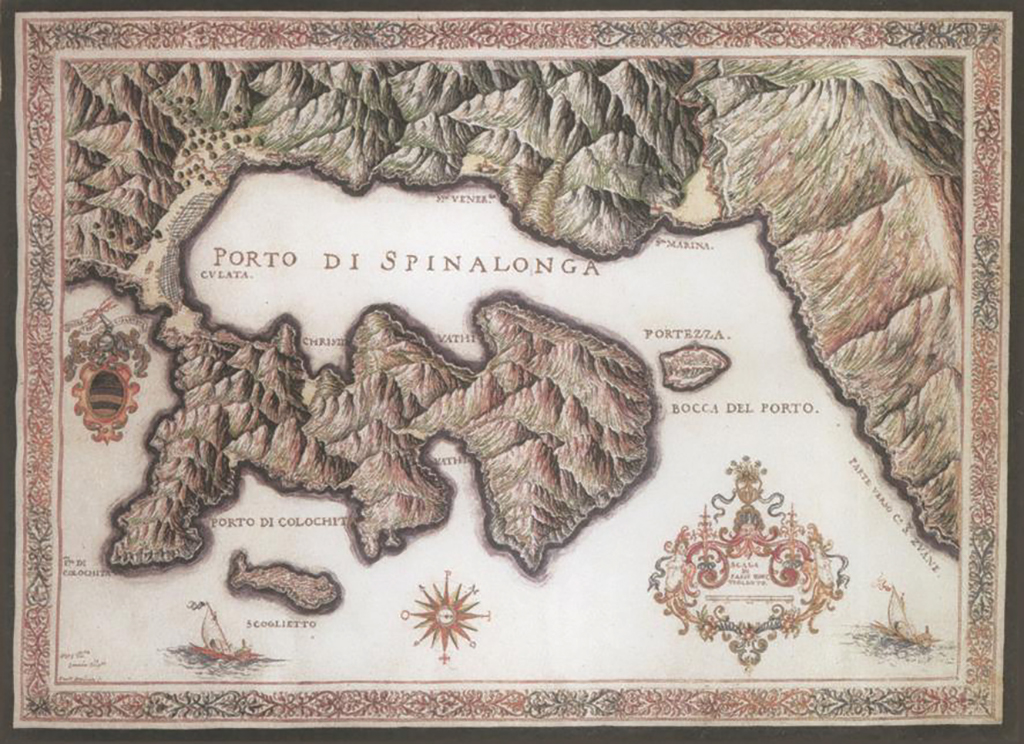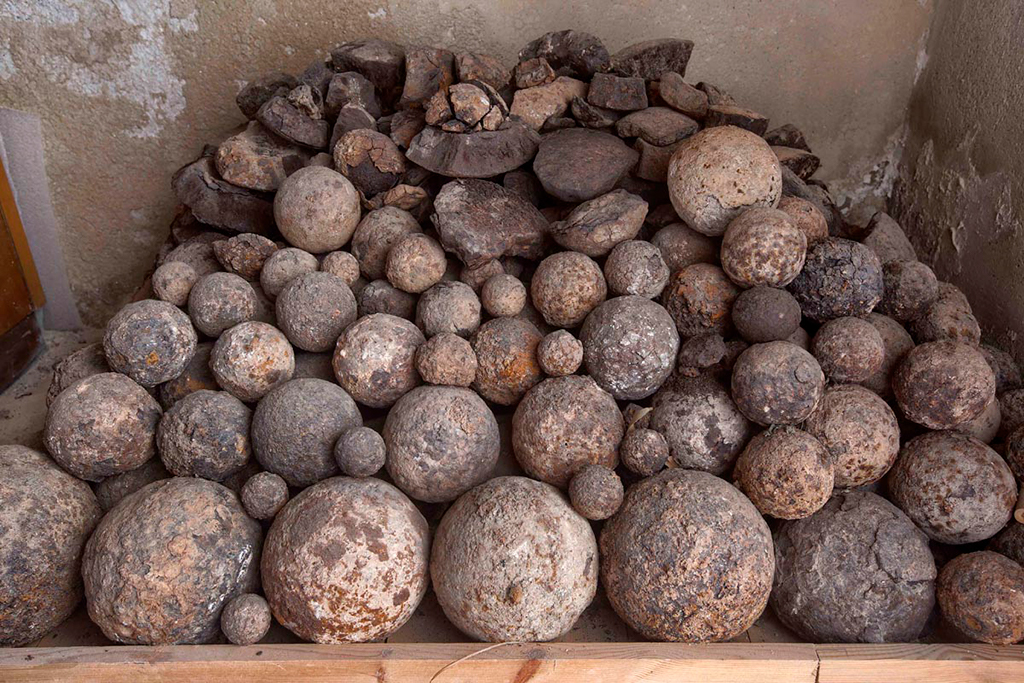Venetian times
In 1204, Crete came under Venetian rule. The Venetians acquire the ownership rights of the island from Boniface of Montferrat, immediately after the fall of Constantinople in 1204. After a brief transitional period (1204-1211) during which the Genoese attempted to seize it, the Venetians established their rule over the island, which they named Regno di Candia (Kingdom of Crete), and they classify it as a colony according to Western feudal models.
In 1204, a naval battle occurred between the Genoese and the Venetians in the Gulf of Elounda, with the latter emerging victorious. In Venetian sources, the battle area is referred to by various names: stin alonde, stin elonda, stinalonge, Stinalonda, and Stinalonde. These are paraphrases of the Greek phrase "eis tin Elounda", which reveals that the ancient name of the place was still preserved. From these paraphrased versions, the Venetians coined the name Spinalonga for the harbour and the rocky islet at its entrance. In early Venetian documents the salt pans in the gulf of Elounda (salinis de Stinalonde) are also mentioned, which indicates their existence since the Byzantine period. However, these salt pans are upgraded after the fall of Cyprus in 1571, and the loss of the salt pans there.
The increasing threat from the Ottomans and the radical changes brought by the spread of gunpowder in warfare and, consequently, in the fortification architecture leads the Venetians to improve their existing defensive structures in Crete and build new fortifications according to the bastion system. Large-scale works are carried out in the cities of Chandax (present-day Heraklion), Chania, and Rethymno, as well as in the ports of Souda, Palekastro of Fraskies, Agioi Theodoroi of Chania, Spinalonga, and Gramvousa. With these works, Crete emerges as one of the most well-fortified island regions in the Mediterranean.
In the context of these projects, in 1571, the Venetian Senate decides to fortify Spinalonga. The construction of the fortress on the island aimed to protect the harbour from potential enemy invasions and reinforce the area against pirate raids. Indeed, memories are fresh of the ransacking by the legendary pirate Hayreddin Barbarossa in the coastal areas of eastern Crete in 1537-1538.
From the end of the 16th century, the role of the harbour of Spinalonga is upgraded, as it gains a military function and becomes the second most significant natural harbour in Crete for the Venetians, after Souda.
The relief plaque with the winged Lion of St. Mark, a symbol of the Serene Republic of Venice, in the Barbariga demi-lune. ©Ephorate of Antiquities of Lasithi
The fortification works commence in 1579 and undergoes various construction phases. The fortress dominates the developments of the local history. The pirate raids are drastically reduced, and the once desolate shores of Merambello Gulf were cultivated and settled.
The expected Ottoman attack takes place in 1645, marking the beginning of the Cretan War. Ottoman forces manage to conquer the entire island within a short period of time. In 1648, the siege of Chandax begins, lasting for 21 years. The city surrenders in 1669 through a treaty in which the Venetians, despite being defeated, manage to retain ownership of three significant naval bases on the fortified islands of Gramvousa, Souda, and Spinalonga, hoping, that way, to reclaim Crete.
Thus, the fortress of Spinalonga remains the only Venetian possession in eastern Crete. During this period, the islet becomes a refuge for refugees and revolutionaries (Chainides). The settlement of these people transforms Spinalonga from a military fort into a village with several hundred inhabitants.
The conflict between the Venetians and the Ottomans marks the following decades. In June 1715, the Ottomans initiate the siege of Spinalonga with a force of 6,000 men. The undersized Venetian garrison of only 160 men and the Chainides defends the fortress. During the initial phase of the siege, the islet is besieged from the sea by naval forces. The large number of cannonballs found during underwater surveys around the islet indicates the battle's fierceness. After a three-month siege, the fortress surrendered to the Ottomans.





